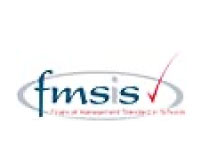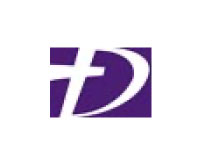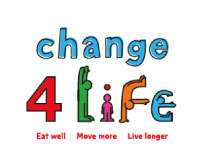Purpose of study
At Egglescliffe Primary School, our high-quality computing curriculum will allow our pupils to develop into independent and confident learners who are able to use their wide range of computational skills to understand and participate in an increasingly digital world. Our balanced coverage of computer science, information technology and digital literacy will provide opportunities for children to investigate, question and explore new technologies and applications on their journey to becoming creative planners, problem solvers and critical thinkers. It will excite, inspire and awaken them to the important role of computers in their daily lives, and also to the far-reaching possibilities of computing in the wider world as a force for positive change. Computing at Egglescliffe will enable our children to confidently walk into their future as digital citizens in a world which is shaped by ever-evolving technology.
Aims
We have adopted the national curriculum for computing which aims to ensure that all pupils:
Computer Science:
- can understand and apply the fundamental principles and concepts of computer science, including abstraction, logic, algorithms and data representation;
- can analyse problems in computational terms, and have repeated practical experience of writing computer programs in order to solve such problems;
- can explain how digital systems work.
Information Technology:
- can evaluate and apply information technology, including new or unfamiliar technologies, analytically to solve problems, to store, retrieve and send information.
Digital Literacy:
- are responsible, competent, confident and creative users of information and communication technology. Evaluate digital content and use technology safely and respectfully.
Attainment targets
By the end of each key stage, pupils are expected to know, apply and understand the matters, skills and processes specified in the relevant programme of study.
Subject Content
Key stage 1
Computer Science:
- understand what algorithms are; how they are implemented as programs on digital devices; and that programs execute by following precise and unambiguous instructions;
- create and debug simple programs;
- use logical reasoning to predict the behaviour of simple programs.
Information Technology:
- use technology purposefully to create, organise, store, manipulate and retrieve digital content;
- recognise common uses of information technology beyond school.
Digital Literacy:
- use technology safely and respectfully, keeping personal information private;
- identify where to go for help and support when they have concerns about content or contact on the internet or other online technologies.
Key stage 2
Computer Science:
- design, write and debug programs that accomplish specific goals, including controlling or simulating physical systems; solve problems by decomposing them into smaller parts;
- use sequence, selection, and repetition in programs; work with variables and various forms of input and output;
- use logical reasoning to explain how some simple algorithms work and to detect and correct errors in algorithms and programs.
Information Technology:
- understand computer networks including the internet, how they can provide multiple services such as the World Wide Web and the opportunities they offer for communication and collaboration;
- use search technologies effectively, appreciate how results are selected and ranked, and be discerning in evaluating digital content;
- select, use and combine a variety of software (including internet services) on a range of digital devices to design and create a range of programs, systems and content that accomplish given goals, including collecting, analysing, evaluating and presenting data and information.
Digital Literacy:
- use technology safely, respectfully and responsibly;
- recognise acceptable and unacceptable behaviour;
- identify a range of ways to report concerns about content and contact.
Additional Provision:
- Internet safety awareness sessions and safer internet days
- Computing content within other subjects as children use computers to produce and present work.












